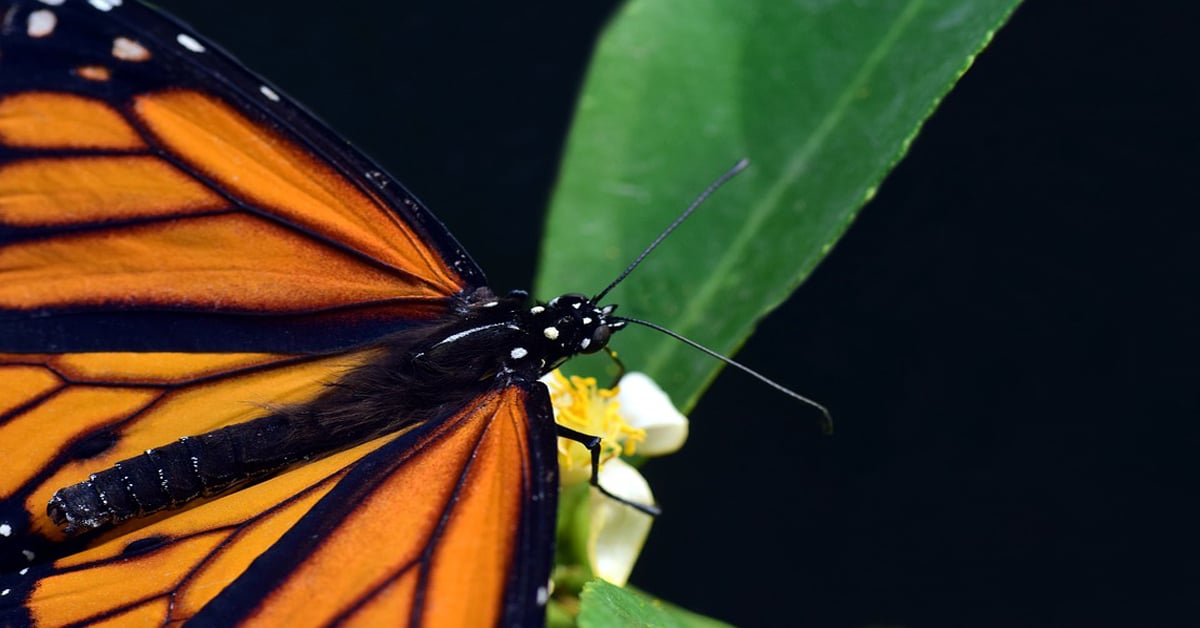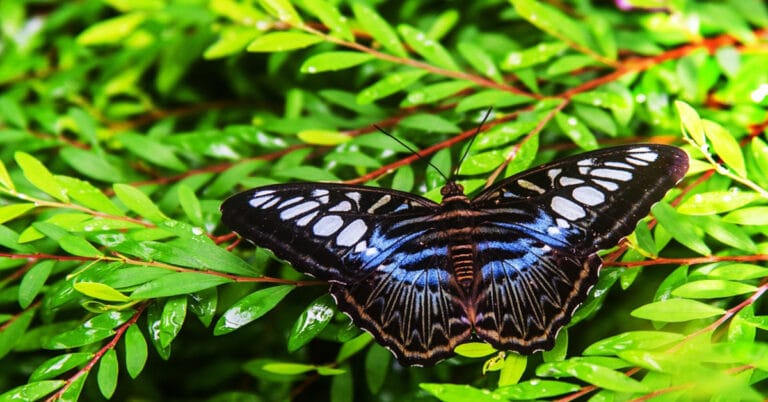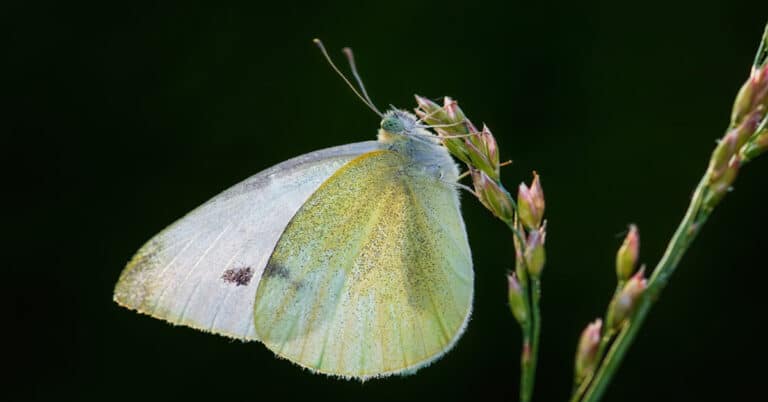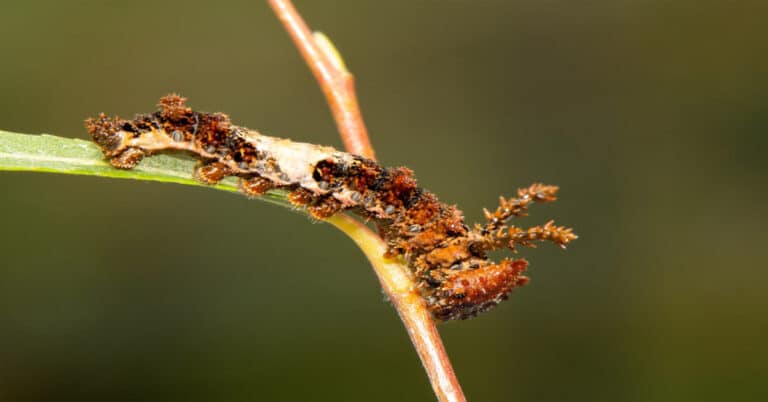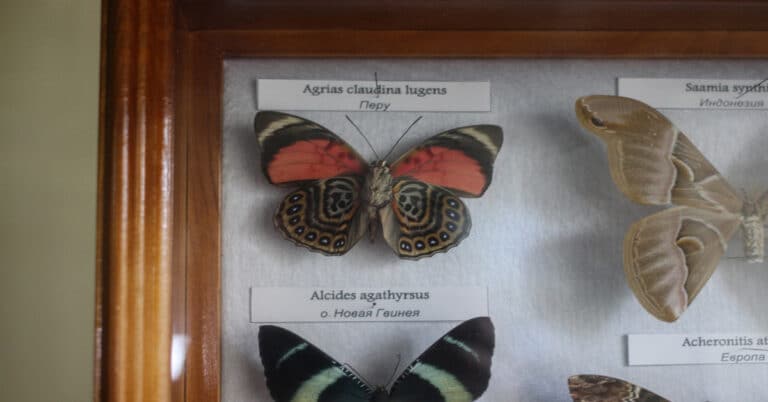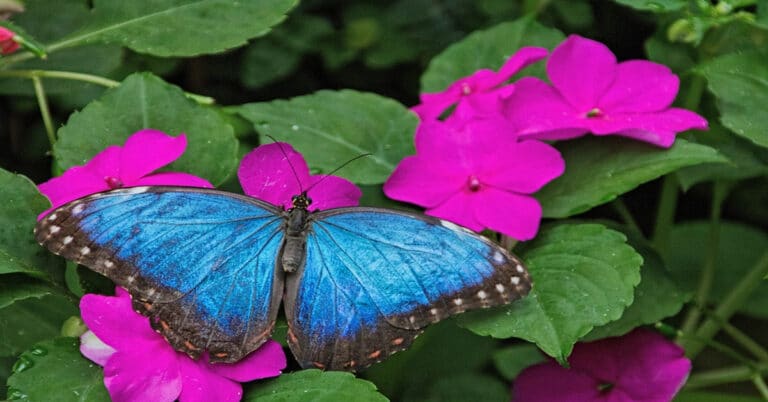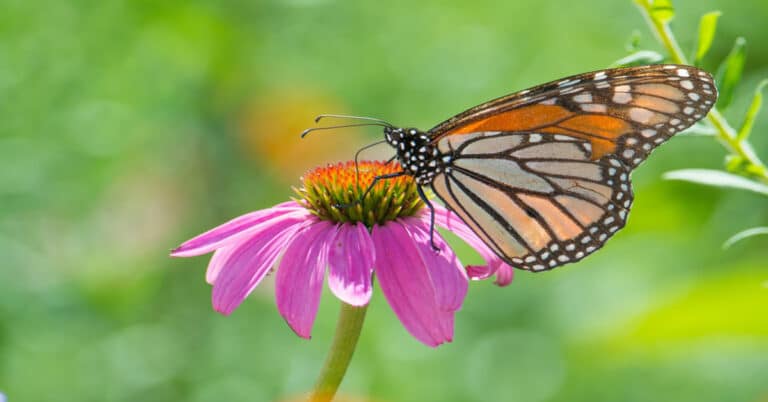The Vanishing Monarch Butterflies
Although the story we know of the Monarch Butterfly life cycle has been known for a relatively short time, Monarch Butterflies have acquired many layers of meaning for North Americans. Like butterflies, they can symbolize living in the moment, lightheartedness, and even frivolity. As insects that undergo a complete metamorphosis, they also suggest symbolism of transformation, regeneration, and even rebirth. Additionally, the amazing strength, stamina, and persistence of the king of butterflies can be an example humans want to emulate. The butterflies’ determination to disperse themselves across our continent has made the soft pitter-pat and vivid colors of Monarch Butterfly wings familiar parts of American childhood. Their size and visibility at all stages have made them the insects from which many children learn about the cycle of eggs, caterpillars, pupae, and adult butterflies. Monarchs are impossible to ignore. If these species were threatened with extinction, it would be greatly missed.
This makes any decline in Monarch Butterfly population numbers a matter of concern and the population numbers have declined. Between 1990 and 2020, the U.S. Fish and Wildlife Service estimated, North America may have lost about a billion butterflies. In Mexico, where Monarch Butterfly cities once spread through the 45 acres of the Monarch Butterfly Biosphere Reserve, in 2013 the butterflies used only about 1.7 acres. That was enough to make Danaus plexippusa species of special concern in Canada.
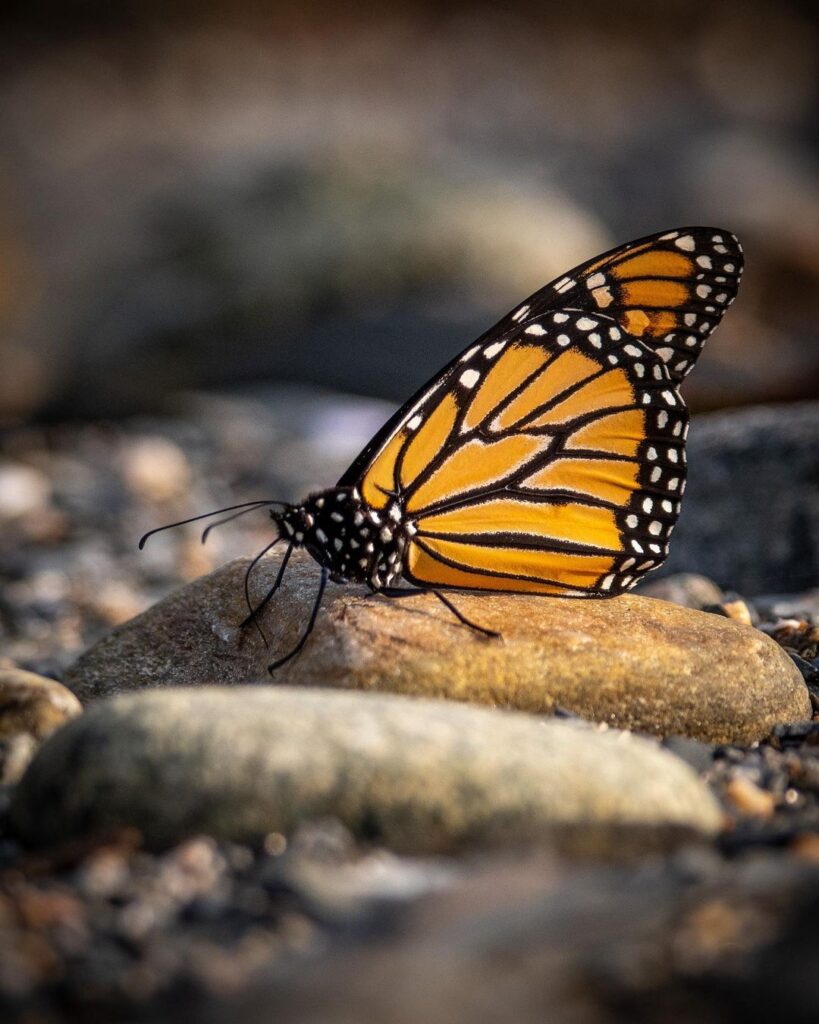
In the United States, enough Monarchs are still flying that the species has not been added to the Endangered Species List. Many people think it belongs there. In California, observers estimated that about 29 thousand butterflies hibernated in 2020. Some claim that, by comparison, about 4.5 million wintered in California every year in the 1980s. Californians feel that their Monarch Butterfly population has reached critically low levels. Even though the decline in the western population is linked to a slight rebound in the eastern population, where butterfly counts estimate that Monarch numbers may have risen back to 2007 levels, North America is still missing a lot of butterflies.
What caused Monarch Butterfly populations to decline?

The most obvious factor was Monarch Butterfly habitat loss. Monarch Butterfly caterpillars can survive only when they have milkweed to eat. Between 1980 and 1999, according to some estimates, as much as 97% of the milkweed in North America was lost, mostly to increasingly intensive corn and soybean planting. By 2000, much of this corn and soy had been genetically enhanced with genes from E. coli bacteria, allowing these plants to survive frequent heavy spraying with herbicides designed to kill milkweed. The same herbicides were also marketed to homeowners to remove weeds from grassy lawns and flower gardens, and to highway and railroad maintenance departments to clear plants away from roadsides and railroad tracks. In the Midwestern States, especially, female Monarch Butterflies found no suitable host plants on which to place their eggs. If they laid eggs on the invasive garden plants known as swallow-wort, the Monarch Butterfly caterpillars failed to thrive.
Weather changes have always affected Monarchs more than they affect butterflies that spend the winter as eggs. In 2012, warm spring weather invited premature Monarch Butterfly migration, bringing many butterflies back to their northern range before milkweed plants were growing there. In 2013, cold spring weather delayed migration. The extent to which such weather variations contribute to the effects of parasites and diseases on butterflies is not known.
It seems certain that variations in temperatures, humidity, air, and water quality, and other environmental factors do affect butterfly populations. Between 2000 and 2015, the number of male Monarch Butterflies appeared to decrease drastically. Since Monarchs are not monogamous, exactly how this affected the number of viable Monarch Butterfly eggs is also unknown. Why male butterflies decreased out of proportion to females is yet another question whose answer is unknown.
A minor contributor to reducing Mexico’s Monarch Butterfly count may have been the increased planting of tropical milkweed in the Southern States. Though this is known to allow some individual Monarchs to skip hibernation and produce a fifth-generation, its overall results for the species are mixed and may be more harmful than beneficial in a normal year.
Another contributor to overall population loss was illegal logging in Monarch Butterfly groves. Once butterflies are hibernating, they may lose the ability to find another tree if the one in which they are roosting has been cut down.
Can Monarch Butterfly migration paths change back, once they change?
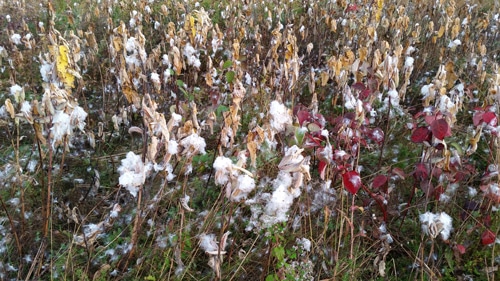
The answer appears to be yes. While people have imagined that, in order to find their way back to the same trees where their great-grandparents hibernated, Monarchs must have some sort of mysterious homing sense, research now suggests that they simply respond to environmental cues. Most butterflies follow the same landmarks their ancestors used, but their ability to do so has always been imperfect. There have always been a few stragglers and outliers who hibernated in sites away from the main Monarch Butterfly groves. Easterners and Westerners in this minority are able to crossbreed, and recent evidence suggests that they do.
This means that, if a butterfly who hatched in Nevada hibernates in Arizona and meets a butterfly who hatched in Oklahoma, the pair might fly back to Texas rather than Nevada in February. If they find the Monarch Butterfly habitat corridor, their descendants will become part of the eastern population. California’s loss may be Mexico’s gain. In time, as individual butterflies constantly look for individual milkweeds, butterflies from the eastern population will probably discover the West again. While we still need more Monarch Butterfly gardens overall, if people in the Western States avoid spraying pesticides and encourage native milkweed plants, eventually their Monarch population will recover too.
What have people done to prevent Monarch Butterfly extinction?
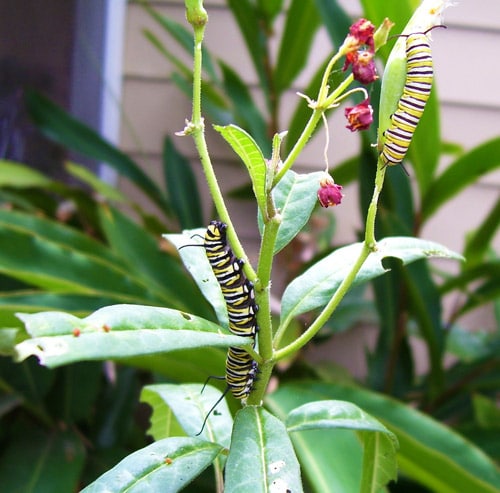
Individuals like you have done a lot to help save the Monarchs. Every milkweed plant we can allow to grow is a potential Monarch Butterfly habitat. You can plant milkweed if it is not already in your garden, but these sturdy weeds need little cultivation. All we really have to do is avoid spraying herbicides, and, in most of North America, native milkweeds will flourish.
Organizations have also made efforts to save the Monarchs. The U.S. Fish and Wildlife Service has dedicated money to encouraging milkweed plants in the Central States between Texas and Minnesota, which is a primary Monarch Butterfly migration path, and encouraging businesses, schools, and local governments to help market the idea of encouraging milkweed. Organizations like the National Wildlife Federation have offered free milkweed seeds to private people.
In addition to butterfly city sites like Pacific Grove, other cities like St. Louis, Missouri, and Charlotte, North Carolina, have declared themselves Monarch Butterfly sanctuaries. Collin O Mara, president of the National Wildlife Federation, encourages every homeowner to establish a Monarch Butterfly habitat in the garden. In order for these miniature Monarch Butterfly preserves to be successful, however, local governments need to ban outdoor pesticide spraying. You can encourage your town or county government to implement a ban, if it has not already done so, on filling the air with chemical vapors that may harm your milkweed, your Monarchs and you, too.
Scientists have dedicated greenhouses to studying milkweed and Monarch Butterflies. Students can do this too, although we emphasize that the butterflies are likely to be healthier and happier outdoors.
President Barack Obama formed a Pollinator Health Task Force in 2014, to be headed by the Secretary of Agriculture and the Environmental Protection Association. However, it is still up to private individuals and groups to spread awareness of the need to protect Monarch Butterflies and milkweed.

Having discovered a fondness for insects while pursuing her degree in Biology, Randi Jones was quite bugged to know that people usually dismissed these little creatures as “creepy-crawlies”.

